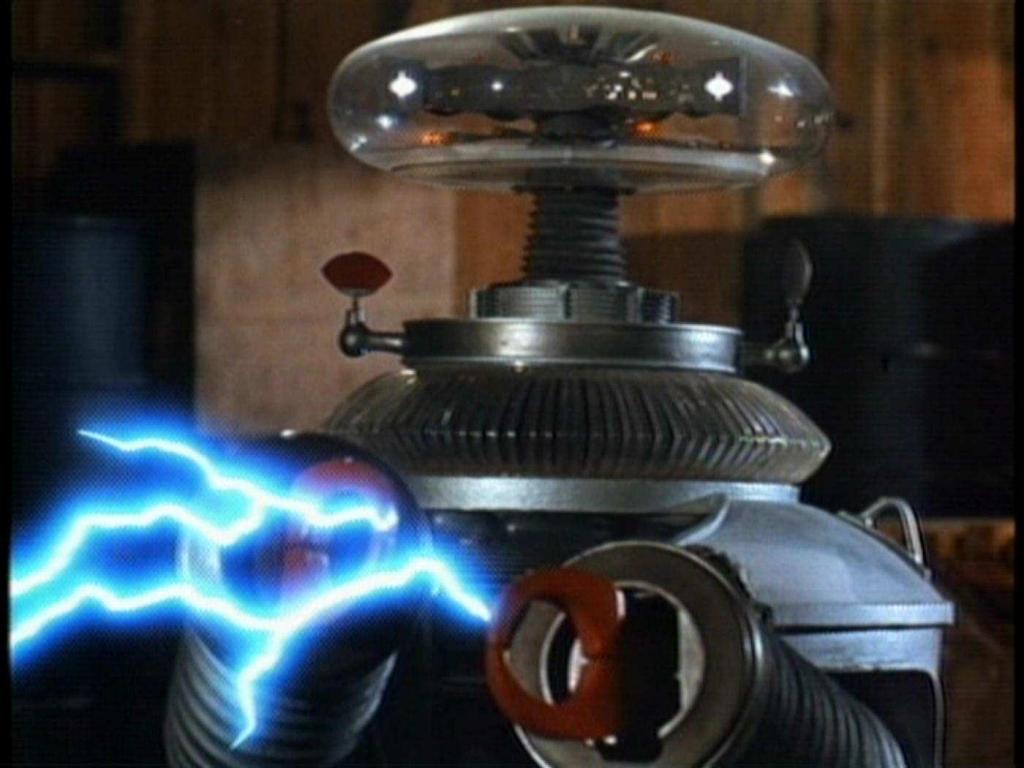Replacing non-electrolytics in pre-amp?
I replaced all the electrolytics on my 210 HD-130 combo (chassis 2275) about 8 years ago. Recently, I've been considering whether it's worthwhile to replace the non-electrolytic caps in the pre-amp section as well.
The reason being is that I've already had a few of these fail over the years, most recently C25 (0.1uF) between the tremolo circuit and IC7. Before that, I've had to replace C24 (0.015uF) in the reverb section several times. Why that particular cap keeps failing is something of a mystery. I keep upgrading the voltage rating of the Sprague orange drop cap I've been putting in there, I'm up to 1200V at the moment in the hope it might last a bit longer.
My thinking about replacing the non-electrolytics is just that since a couple have already failed, there may be more on the way out, or perhaps are degraded and compromising the sound in some way (not that I can hear anything -- still sound great to me! But you know, it's hard to remember exactly what it sounded like when I bought the amp in 1979...) Also, it has occurred to me that C24 may be failing because another cap isn't doing it's job properly. Not sure how plausible this is, but I can't think of another possible reason.
Anyway, what do you think? Replace or leave alone each pre-amp cap until they have definitely failed?
The majority of the axial film type caps are the yellow "INDCO INT." brand, rated at 250V. If I was to replace, I'd probably just use polyester film "greencaps" with a voltage rating of 100V, as these are relatively inexpensive and readily available. I'm guessing any metallised polyester film caps should be pretty much as good as any other in this application. (No chance of sourcing the original "INDCO" brand, of course.)
Thoughts?
-Mark


HMM. Never saw this one.
HMM. Never saw this one. Anyway, I don't replace ANYTHING unless it goes bad. Also, I don't like to shotgun stuff because if you do them all at once and ONE gets soldered in wrong or is bad initially, you don't know which one caused the problem. If you want to replace them all, do them one at a time and try the amp each time. I know it sounds stupid but it could keep you from CAUSING a problem that will be even harder to find. Mike